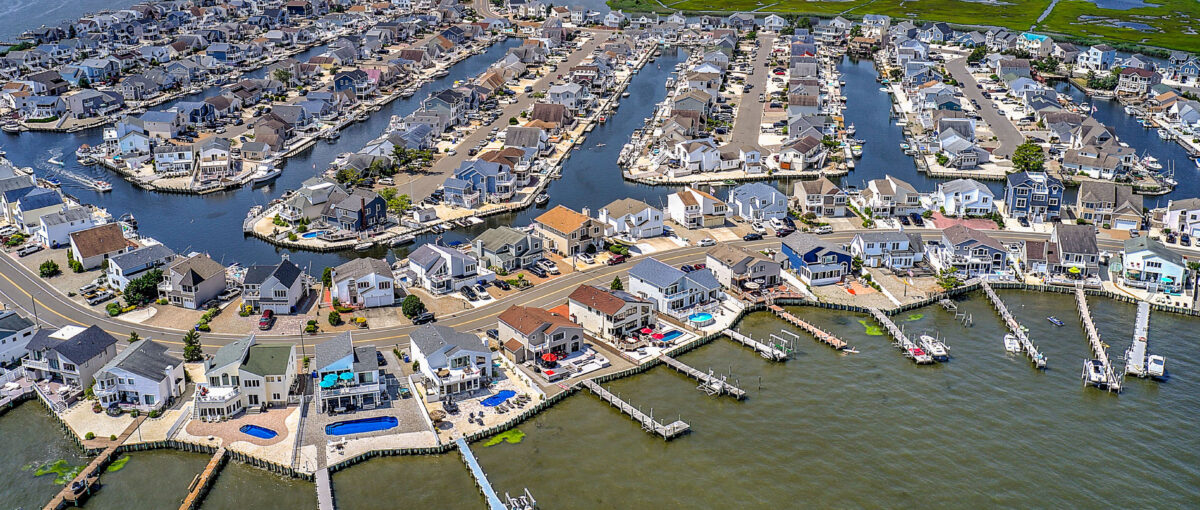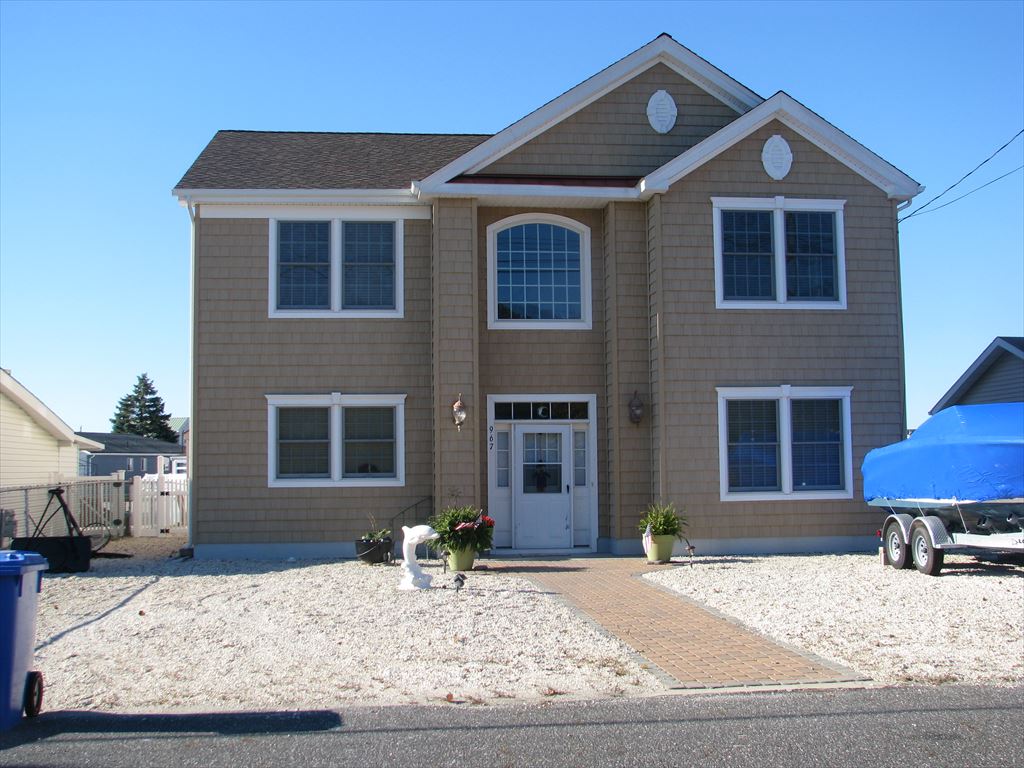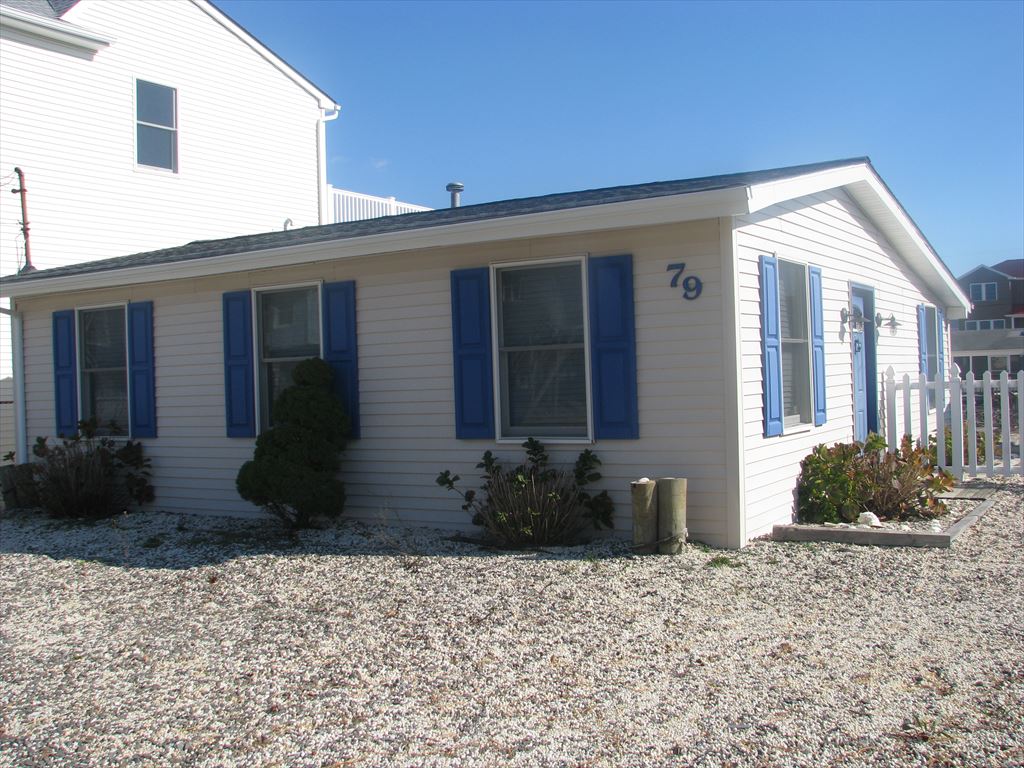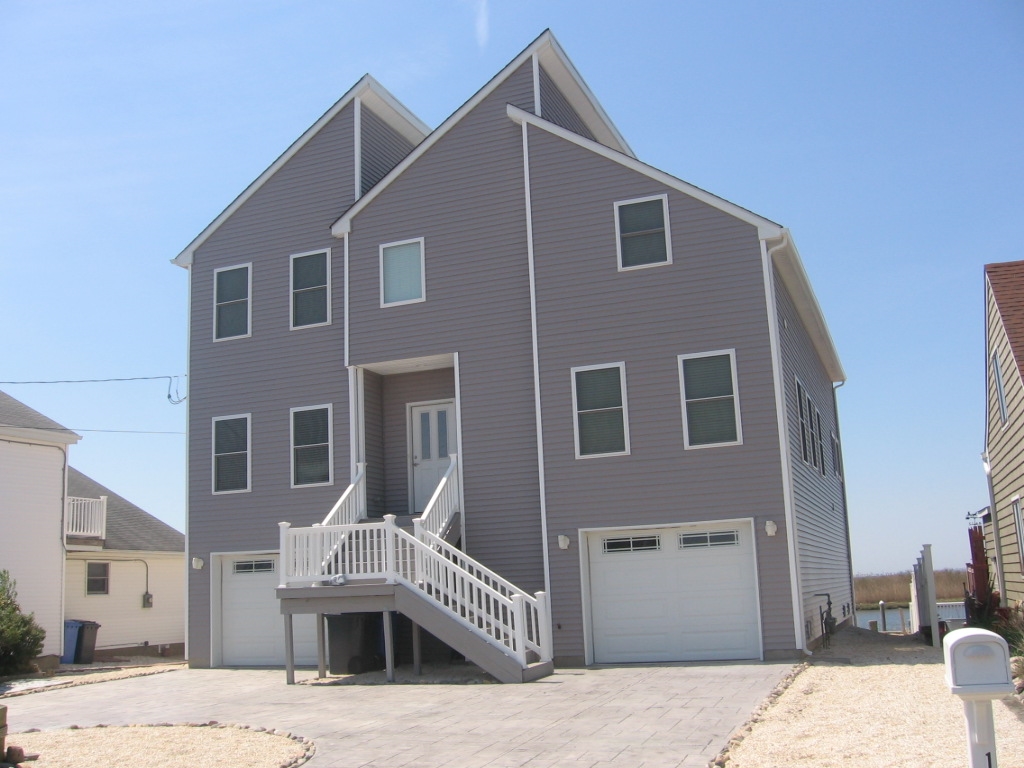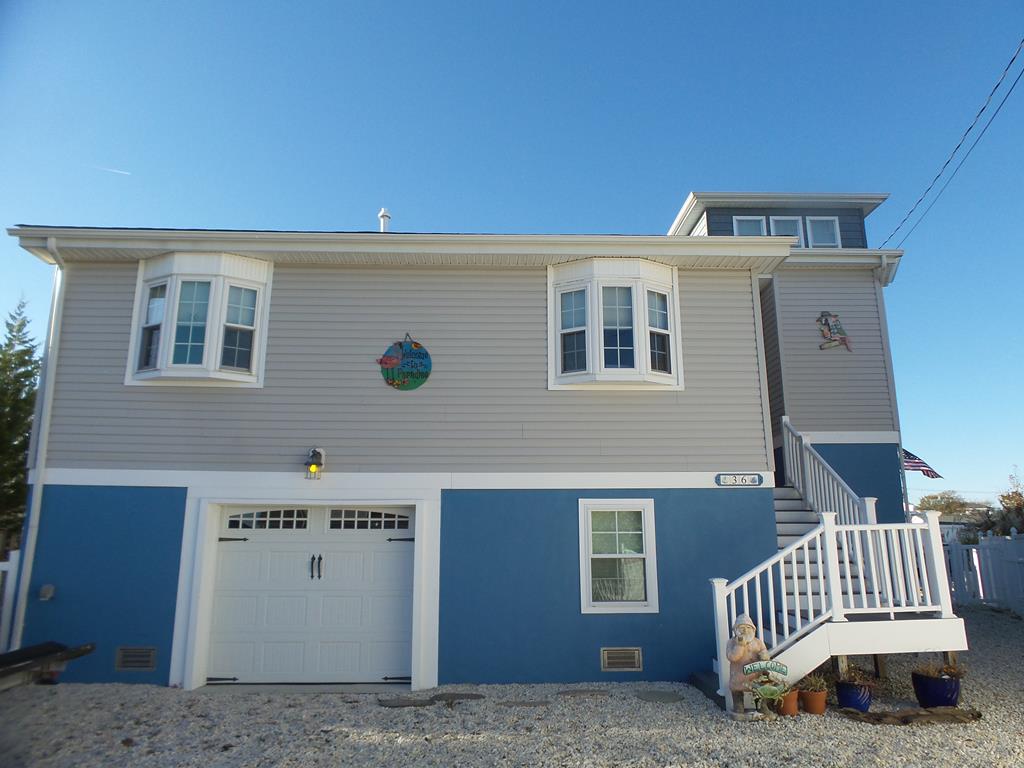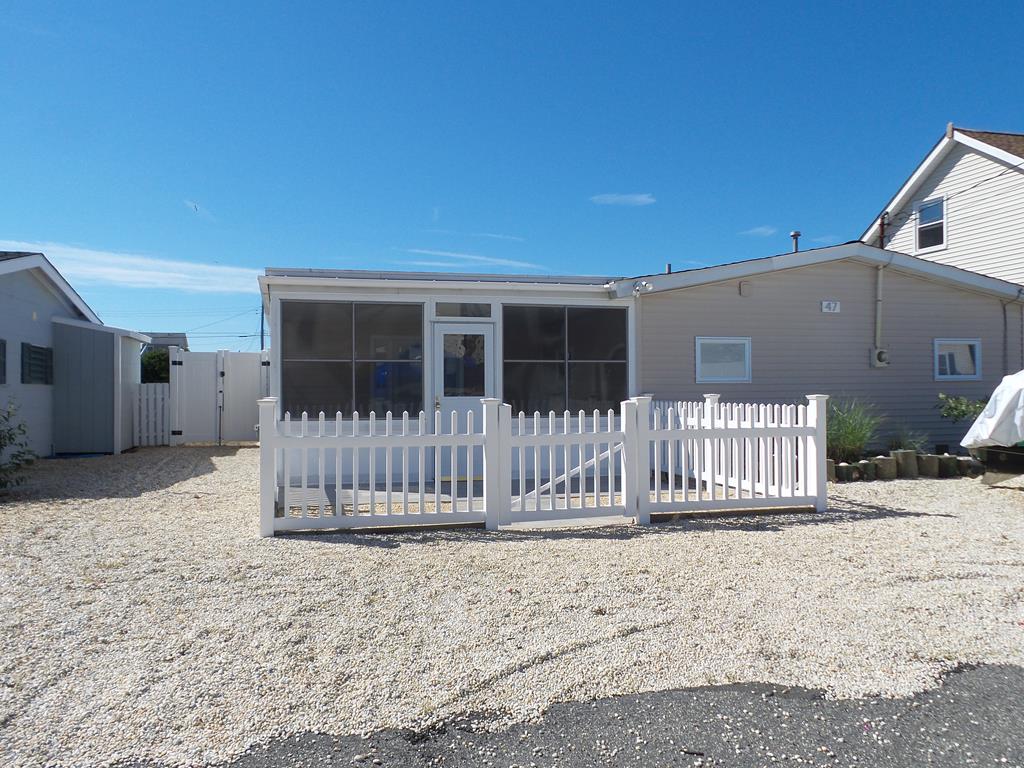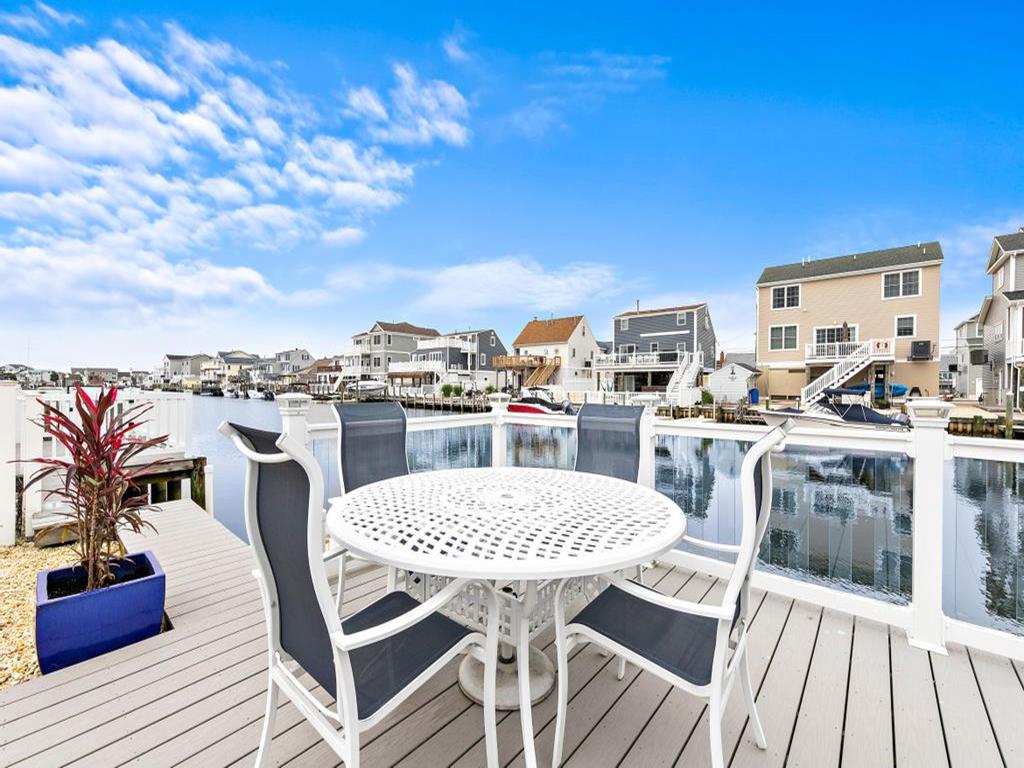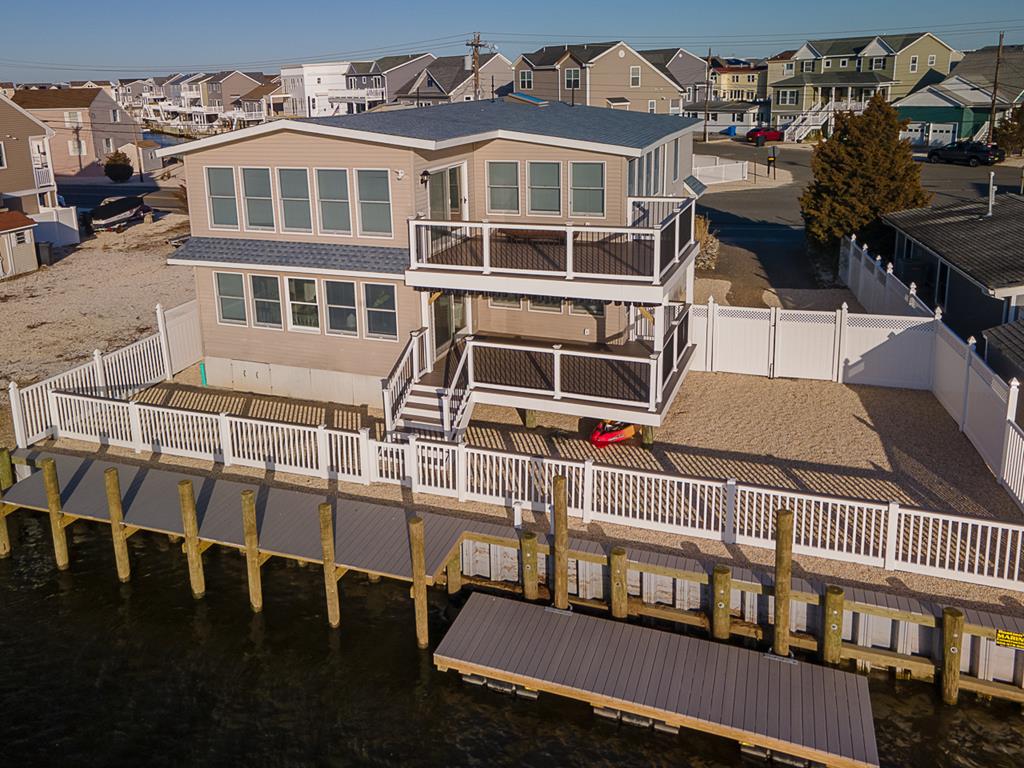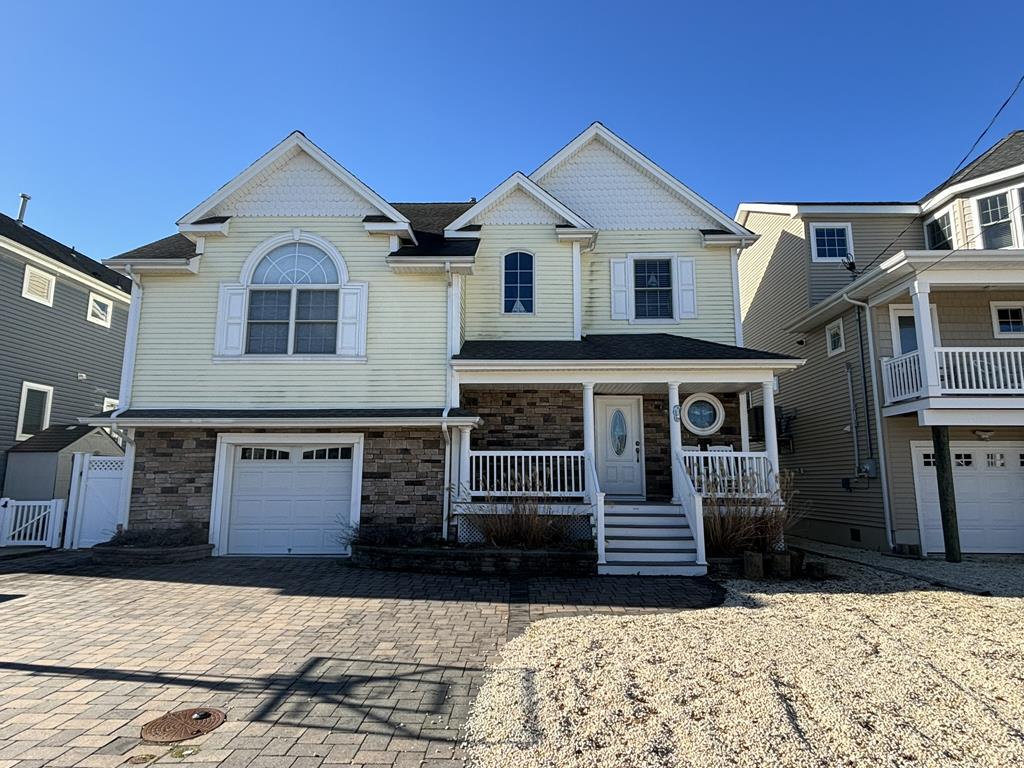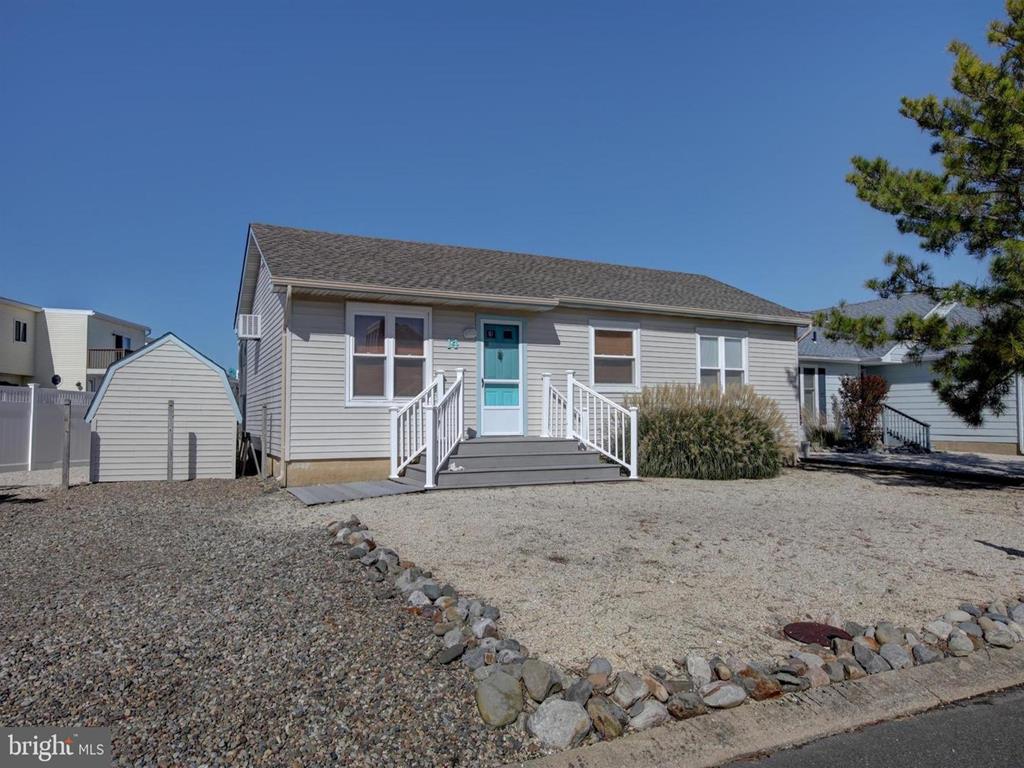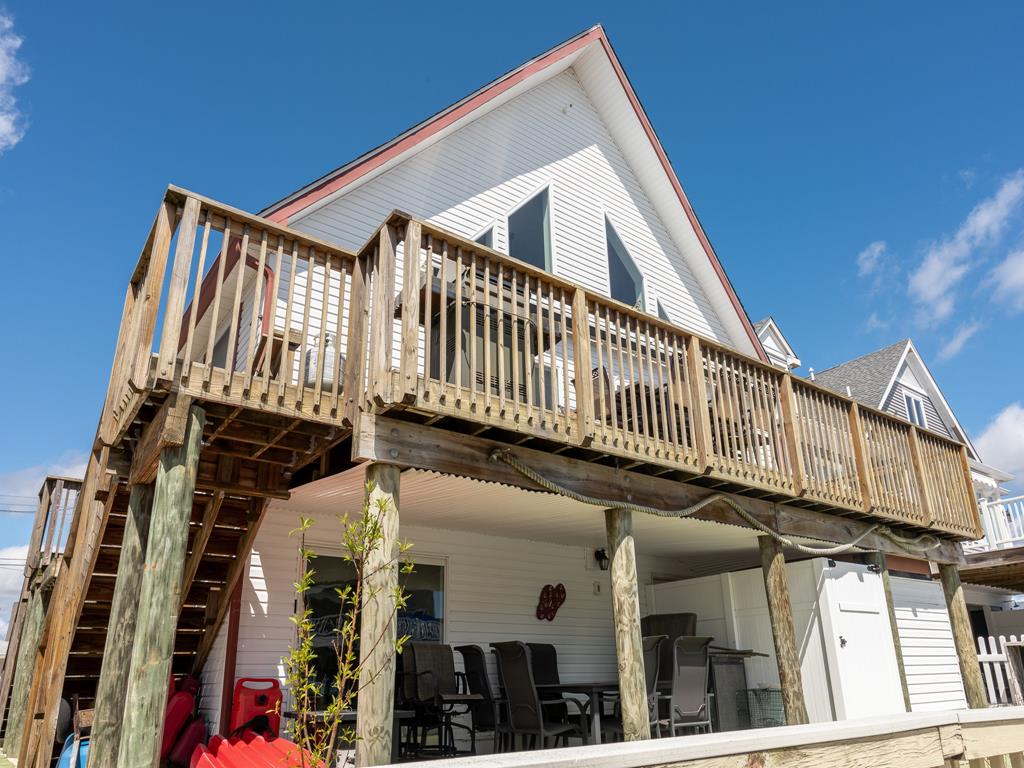Manahawkin
Manahawkin is located within Stafford Township, in Ocean County New Jersey. Manahawkin has been thought to be a Lenape word meaning "land of good corn", although this has been disputed by recent scholars claiming that it translates to "fertile land sloping into the water."
 Manahawkin is the gateway to the resort communities on Long Beach Island, with Route 72 providing the sole road access, ending in Ship Bottom as it crosses Manahawkin Bay via the Manahawkin Bay Bridge (formally known as the Dorland J. Henderson Memorial Bridge).
Manahawkin is the gateway to the resort communities on Long Beach Island, with Route 72 providing the sole road access, ending in Ship Bottom as it crosses Manahawkin Bay via the Manahawkin Bay Bridge (formally known as the Dorland J. Henderson Memorial Bridge).
National Contributions
Stafford Township has an interesting role in New Jersey and national history including a rich history of colonial industry; 19th Century bog iron industry; the birth of the United States Lifesaving Service; the post-Civil War railroad boom; cranberry industry; tourism; and the military and cultural legacy of the New Jersey Civil War (1775-1783).
The first European settlers created saw mills and grist mills and developed the Cedar industry to build houses, boats and even ocean going vessels. The small farms and villages developed in relationship to the water and eventually established the charcoal and bog iron industries. The effective use of anthracite coal and iron ore elsewhere in the 1830s doomed the local industries and led to long-term economic hardship. The glass and fishing industries were among the few prosperous sectors in the local economy.
United States Life Saving Service
Dr. William Newell (NJ governor 1857-1860) is considered the father of the United States Life Saving Service (1872-1915) and thereby the United States Coast Guard. In 1839, Dr. Newell was living with his uncle (Dr. Hankins) in Manahawkin when he witnessed the death of unfortunate ship-wreck victims within sight of the beach. While still in Manahawkin, Newell experimented with life saving techniques involving getting a rope or line to the ship foundering on the sandbar and rescuing the victims. This technique became the Beach Apparatus Drill (B.A.D.) that is responsible for saving over 176,000 lives from 1871 to 1915. In 1848 as a freshman congressman with his friend Abraham Lincoln, Newell was able to pass the first appropriation to create the unmanned life saving stations along the Atlantic seaboard. The 1854 sinking of the Powhatten of Long Beach Island motivated the Federal government to create paid “keepers” at the houses of refuge along the coast. In 1871, the U.S. Life Saving Service was formed that included staffing these stations from October to May of each year.
Tourism
Tourism has played an important role in the development of Manahawkin and Stafford Township. The Pennsylvania Railroad connected to Long Beach Island through Manahawkin from 1886 to 1935. In 1914, the first automobile bridge to Long Beach Island was built through Stafford Township. The current bridge was constructed in 1957 and remains the only means of egress to Long Beach Island. In 1930, a more direct car highway (S-40 now NJ72) was built directly through Stafford Township to Long Beach Island. Starting in the 1930s, a few (less than 100) resort homes were constructed in Stafford to serve LBI. But in 1945, the Beach Haven West lagoon development began. Eventually, this would become the largest lagoon development in New Jersey with over 3,600 homes. Today Manahawkin is a sought after summer destination that brings visitors from near and far to enjoy this beautiful beach with all of its ocean amenities and recreation.
After the opening of the Garden State Parkway in the 1950s, Stafford Township became a bedroom community serving both the Philadelphia and New York Metropolitan urban areas. Much of the suburban housing (5,500 units) has taken place in a subdivision west of the GSP called Ocean Acres. Up until the 1980s, this residential development tended to be moderately priced smaller homes, many of them ranch houses of less than 1,500 square feet. Starting in the 1990s to the present, the development has targeted larger homes, with many ranging from 3,500 square feet to over 5,000 square feet. In addition, the resort housing is rapidly being replaced with much more expensive homes.
Walking Tour
The Stafford Township walking tour is the result of collaboration between the Stafford Township Historic Commission, the Stafford Township Historical Society, and the Stafford Township Schools. The signs have been designed by the Stafford Township Historic Commission and installed (usually 6 each year) by a succession of Eagle Scout projects. Eagle scouts to date include Lance Beuckman, Gerald S. Gambino, Craig Edward Smith, Jr. and Matthew Sicheri. The young men have come from troops 23, 26, and 65.
Begun in 2005, the signs are installed at the location of existing or former significant historical sites in Stafford Township primarily along the route of the annual walking tour conducted for the Stafford Township fifth grade by the Stafford Township Historical Society. The current goal is to continue to install about 6 signs a year for 12 years at which time the signs may need to be replaced for accuracy and damage. Copies of the signs are also located on the walls of the Stafford Township Municipal Building, the Stafford Township Museum and the where practical on the interior of the current occupants of the historic sites.
Find a Manahawkin Agent
Find an agentWe have local offices and sales associates ready to help you buy, sell or invest.
Manahawkin Homes for Sale
Search our homesReady to stay? Search properties to find your home on the Jersey Shore.

